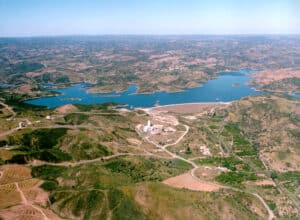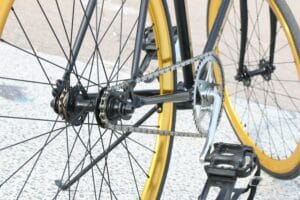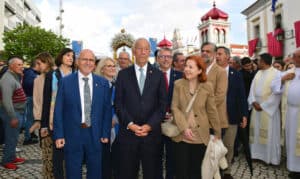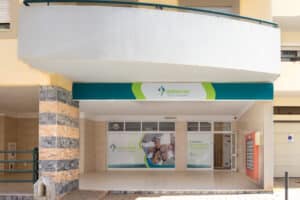Wetland has been described as a “mini Doñana” – Andalusia’s natural reserve
After a successful seven-year battle to save the Alagoas Brancas wetland from destruction, the time has come to start planning its future. With this goal in mind, over 30 specialists met to discuss the wetland’s future at the São José Convent in Lagoa on April 20.
The event started with Ana Marta Costa, president of the Associação Cívica Cidade da Participação, stressing the importance of the event and the fact that so many specialists of different areas met to “contribute to the safeguarding of the wetland’s natural and cultural values.”
Lagoa mayor Luís Encarnação spoke of the many steps that led up to “this important moment”, followed by Anabela Blofeld, one of the representatives of the ‘Save Alagoas Brancas Movement’, who was overjoyed to see the room filled with people “focused on the same goal”.

João Farminhão, president of the Portuguese Botany Society, used his time to highlight the “importance of the municipality of Lagoa on a national level” when it comes to botany, suggesting the creation of an “ecological corridor” in Lagoa featuring Alagoas Brancas.
The event continued with three presentations to assess the past and present of the wetland, with Anabela Blofeld providing a summary of the seven-year battle by citizens and environmentalists to ensure the conservation of the wetland.
Anabela Santos from environmental association Almargem presented its 2019 study on the wetland area, which focused on the natural values of the area and stressed the importance of protecting it.
Campaigners who fought to protect Alagoas Brancas often warned of the dangers of building in the area, and this was a point brought up again by Judite Fernandes from GEOTA, who spoke of the need to include the wetland in Portugal’s National Natural Reserve (REN) as a Flood Threatened Zone (ZAC).
One of the highlights of the event was the presentation of the results of last February’s bioblitz – an event that brought together a group of specialists who attempted to identify the largest number of species they could at Alagoas Brancas in one single day.

Jael Palhas, a researcher at the University of Coimbra’s Center for Functional Ecology, was one of the experts who attended the event, having described Alagoas Brancas as a “mini Doñana” – a natural reserve in Spain’s Andalusia region known for its unique biodiversity.
One of the rare species that can be found at Alagoas Brancas is the Daphnia magna, a small planktonic crustacean classified as Vulnerable in mainland’s Red Book for invertebrates. As Margarida Cristo, a researcher from the Algarve’s Sea Science Centre, explained, more fieldwork is needed to have a better understanding of the species’ presence at the wetland.
The concept of sponge cities – a nature-based approach to dealing with floods – was brought to the meeting by Judite Fernandes from GEOTA, who suggested it as a solution that should be adopted in Lagoa.
Meanwhile, the latest data on the insect and bird populations at Alagoas Brancas were presented by Rui Félix from Portugal’s Butterfly Conservation Centre (TAGIS) and Julieta Costa from Portugal’s Bird Study Society (SPEA).

In the afternoon, a working group of specialists got together to create the “working foundation for the next steps of the wetland,” focusing on four main themes: Visitation; Environmental Education; Renaturalisation; and Strategic Planning. The results of this meeting were later shared with the public, followed by a Q&A with the audience.
Anabela Santos clarified that a more detailed report including all the information from the meeting would be created and sent to the municipal council of Lagoa, with the goal of contributing to the Master Plan which is being developed for the area.
The event came to a close with a roundtable discussion including several representatives from public entities, NGOs and associations, with all participants stressing their will to create a strategic plan for Alagoas Brancas which could involve a “co-management model, which has already been tested successfully in other natural reserves in the Algarve.”


























